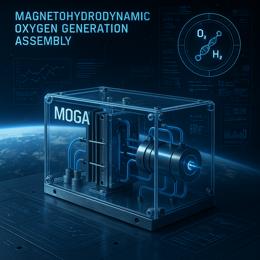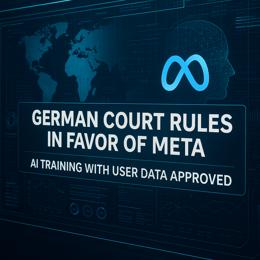Image created by AI
OpenAI's o3 Model Achieves Human-Level Performance on ARC-AGI Intelligence Test
In a groundbreaking development on December 20th, OpenAI's new artificial intelligence model, named o3, achieved a score of 85% on the ARC-AGI benchmark, a test designed to measure sample efficiency and the ability to adapt to new problems. This score not only surpasses the previous AI record of 55% but also matches the average performance typically seen in humans.
The ARC-AGI benchmark, crafted by French AI researcher Francois Chollet, is renowned for its rigorous assessment of general intelligence in AI systems. It focuses primarily on the system's ability to generalize solutions from limited data samples—a trait considered fundamental to genuine intelligence. The test involves solving grid-based puzzles where the AI must deduce transformation rules from given examples and apply these to new scenarios.
Unlike its predecessors such as GPT-4, the o3 model demonstrated significant strides in sample efficiency. Earlier models required extensive datasets to form probabilistic “rules” for text generation, often struggling with uncommon tasks due to a lack of data. In contrast, o3's performance suggests a superior adaptability, managing to deduce general rules from minimal examples.
OpenAI's approach with o3 emphasizes a specialized training regimen aimed at improving problem-solving capabilities specific to the ARC-AGI's demands. Insights into the model's operation suggest it analyzes various "chains of thought," akin to programming sequences, selecting the most effective one based on a set of heuristics—more straightforward and weaker rules that ensure adaptability across diverse scenarios.
The philosophical and technical implications of such an advancement are profound. Should o3's capabilities generalize beyond test environments into real-world applications, it could represent a monumental shift towards achieving Artificial General Intelligence (AGI)—machines with the ability to understand, learn, and apply knowledge across a broad range of tasks as competently as a human.
However, caution remains amongst the scientific community. The specific details of how OpenAI has engineered o3 to perform at this level are not fully disclosed, with only limited previews to select researchers and institutions. This secrecy invites skepticism and calls for more transparent and comprehensive evaluation to truly gauge the model’s versatility and reliability.
Looking forward, the potential economic and societal impacts of a true AGI are staggering. From revolutionizing industries with accelerated, self-improving intelligences to raising urgent ethical and governance questions about AI's role in society, the path ahead is both promising and daunting.
As we stand on the brink of possibly entering a new era of intelligence, the true test for o3 and similar AI systems will be their performance in diverse, real-world applications—far beyond the confines of controlled testing environments. The journey towards understanding and potentially achieving AGI continues, with the world watching closely.










